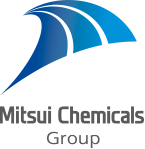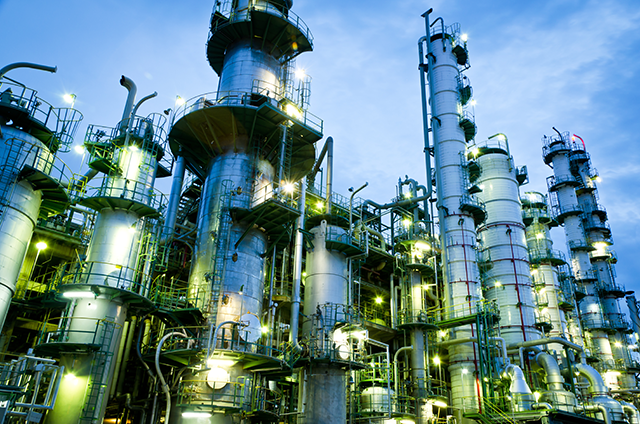Technology

- Name
- Mitsui CX
- Owner
-
/ Mitsui Chemicals - Brand
- CX
- Process
- Polyethylene processes
- Type
- Stirred Tank Reactor Slurry Polymerization of Ethylene
- Available
-

- #TE4
Description
Your insights will be shown here
| Technology Unit |
|---|
| Catalyst Tank |
| CSTR |
| Dryer Unit |
| Flare |
| Intermediate Tank |
| Pelletizer |
| Solvent Recovery |
| Storage Silo |
| Entity | Site (Country) | Asset (Plant) | |||
|---|---|---|---|---|---|

|

|
|
PE Slurry Process 1 | ||

|

|
|
PE Slurry Process 2 | ||

|

|
|
HDPE Polyethylene | ||

|

|
|
PE CSTR 1 | ||

|

|
|
PE CSTR 2 | ||

|

|
|
HDPE Plant | ||

|

|
|
HDPE Plant | ||

|

|
|
HDPE Plant | ||

|

|
|
HDPE Plant | ||

|

|
|
HDPE Unit |
Content provided by
| Transaction | Name | Date |
|---|---|---|
| Modified by |
|
5/8/2024 7:22 PM |
| Added by |
|
1/11/2021 10:56 PM |









